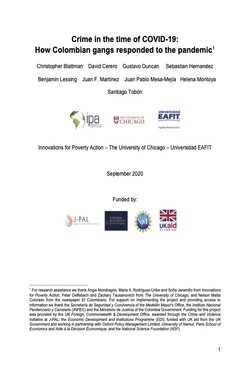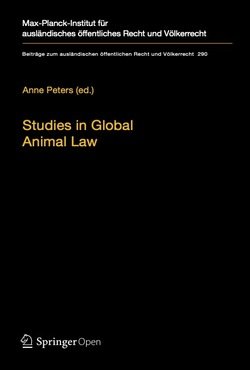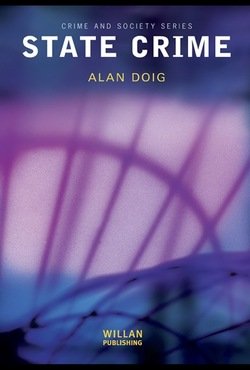By Len Engel, Erin Farley, and John Tilley
The drug overdose epidemic that swept through the United States over the past decade commanded the attention of public health providers, researchers, criminal justice practitioners, and policymakers at the federal, state, and local levels. Because of its severity and associated mortality rates, the epidemic became a priority among leaders across multiple sectors. As collaboration across these sectors matured, researchers and practitioners began to develop evidence-informed strategies to slow the spread of the epidemic. But the progress that was underway appears to have abruptly stopped when the COVID-19 pandemic emerged and fundamentally altered many aspects of American life.
Washington, DC: Council on Criminal Justice, 2020. 11p.





















